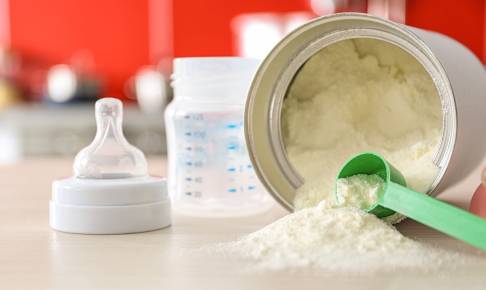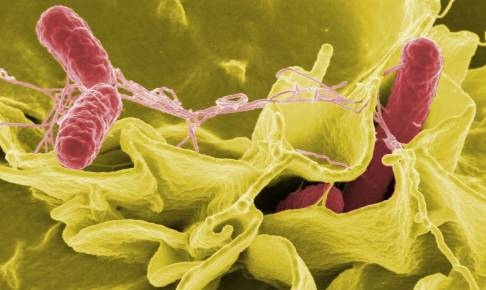Pathogen outbreaks in Europe: growing concern or more efficient source-tracking?
The European food production industry has been shaken over the past two years by multiple reports of foodborne outbreaks. Food safety authorities also report a trend in the growing number of outbreak-related recalls. Is something going wrong?
Introduction
The summer of 2019 saw numerous foodborne outbreaks linked to Listeria and Salmonella in Europe, implicating different sectors of the food industry. The Listeria outbreak in Spain was the largest ever recorded in that country (though still outweighed by the 2017 South African episode). An episode of Salmonella contamination of infant milk formula (Spain, ricebased) was linked to the same strain (Salmonella Poona) found in a 2010 outbreak, although the contaminant itself could not be isolated either from the incriminated food product or from the processing environment.
The technology and the tools to track foodborne outbreaks has improved drastically in the past twenty years. But is this enough? In 1986, while dealing with the contamination of Salmonella spp. in Powdered Infant Formula (PIF), Habraken and his team (Habraken and Mossel 1986) published a reference paper that is still the basis of the statistical approach for microbial sampling in PIF. But one of his statements should be highlighted
today: “The lack of reliability of the mere examination of finished products when evaluating the microbiological wholesomeness of food products has been known to microbiologists for a long time.” The Salmonella Poona outbreak is one of the latest and best examples to substantiate this statement.
Regulation (EC) No 2073/2005 Microbiological criteria for foodstuffs
Food business operators too often rely on the criteria set forth in article 4 of Regulation (EC) No 852/2004 to ensure product safety. While it is true that those criteria are necessary to validate and monitor the implementation of Good Handling Practices (GHP) and the Hazard Analysis Critical Control Point (HACCP), 15 years ago, in 2005, the regulation already suggested that investigations should focus on the processing environment (Regulation (EC) 2073/2005, Whereas #22): “Sampling of the production and processing environment can be a useful tool to identify and prevent the presence of pathogenic micro-organisms in foodstuffs”.
Since the first version of Commission Regulation (EC) No 2073/2005 and its numerous updates, the Codex Alimentarius has also updated its principles and guidelines for the establishment and application of microbiological criteria related to foods (Codex Alimentarius 2013). When focusing on the detailed components of the microbiological criteria, analytical methods and their performance parameters are often forgotten. However, the importance of using appropriate reference methods should not be underestimated when applying statistical approaches to determining microbial limits.
The International Standard Organisation, Technical Committee 34 – Food, Sub Committee 9 – Microbiology (ISO/TC34/SC9)1’s “Horizontal methods in the field of microbiological analysis of the food chain from primary production stage to food and animal feed products, including the environment of food production and handling” is one of the most influential reference bodies for defining appropriate methods. Recently, using the ISO Standard 174682, the ISO/TC34/SC9 updated 15 reference methods for pathogenic and hygienic m
Download content now





















